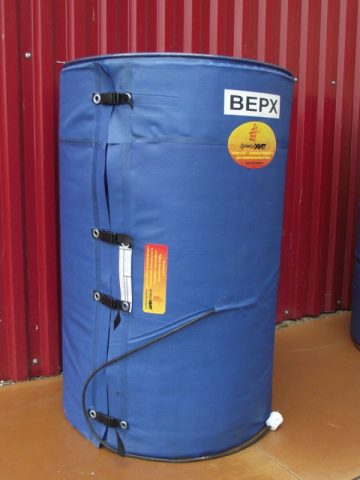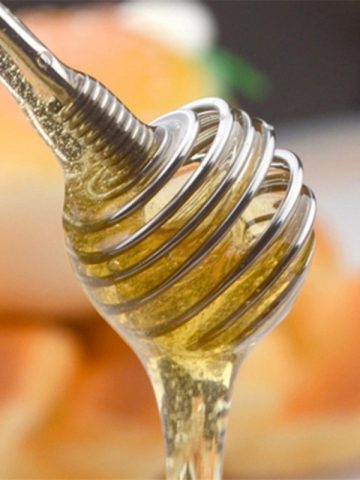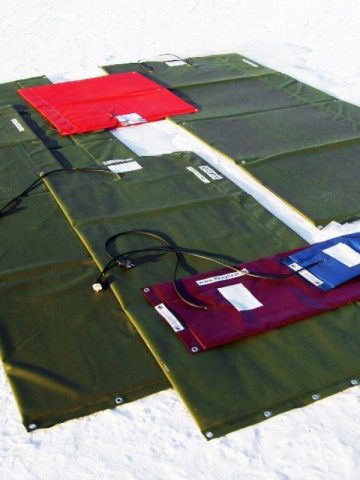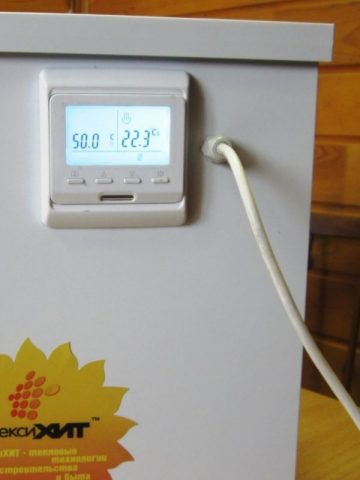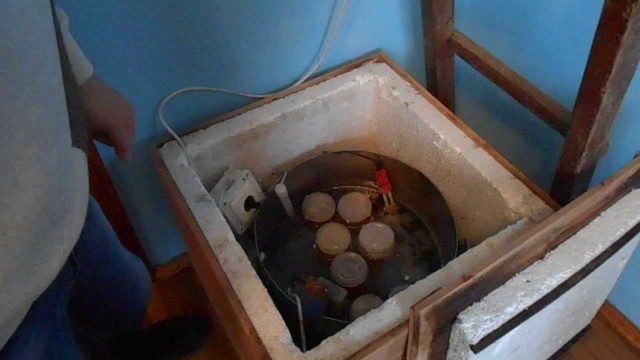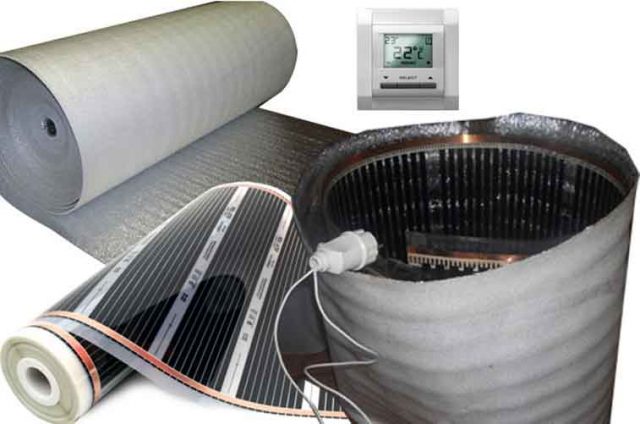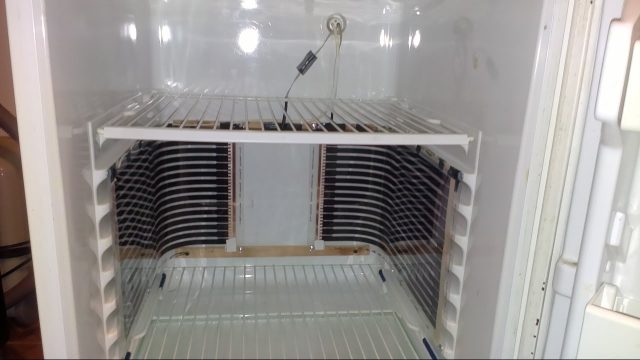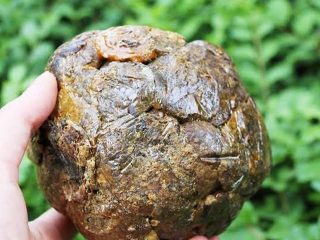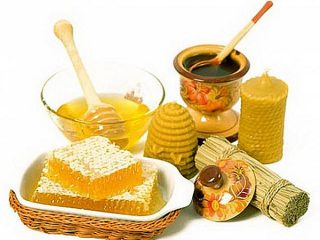Content
When preparing honey for sale, all beekeepers sooner or later face such a problem as crystallization of the finished product. It is important to know how to reheat the candied product without losing the quality of the product. For this, special devices are used - decrystallizers. They can be purchased at specialized stores or made by yourself.
What is a decrystallizer and what is it for?
The honey decrystallizer is a device that allows you to heat the crystallized, "sugared" product. All beekeepers face this problem, because some types of honey lose their presentation in just a few weeks. Crystallized goods are bought very reluctantly, but using a decrystallizer, you can return it to its original appearance and viscosity, which will make the product attractive in the eyes of buyers.
The device dissolves well crystals, consisting mainly of glucose. The heating process itself is far from a new invention, known by beekeepers for a long time (honey was heated in a steam bath).
In order to melt glucose crystals, the mass must be evenly warmed up. This principle underlies the operation of all devices without exception. The required heating temperature can be achieved in several ways. Optimum indicators are not more than + 40-50 ° С. All decrystallizers are equipped with thermostats that turn off the power to the device when the desired temperature is reached.
Types of decrystallizers
Today beekeepers use several types of appliances. They differ from each other mainly only in the method of application and form. Any kind can be used with equal success, especially if you do not need to process large amounts of honey.
Flexible external decrystallizer
In simple words, it is a wide soft tape with heating elements inside. The tape is wrapped around the container and the device is connected to the network. This honey decrystallizer is very suitable for a 23 l cuboid container (standard).
Submersible spiral
The device is designed to work with small volumes of product. The principle of operation is extremely simple - the spiral is immersed in the crystallized mass and heats up, gradually melting it. To prevent the spiral from overheating and burning, it must be completely immersed in honey. In the honey mass, it is necessary to make a hole for the spiral, after which it is placed in a recess and the device is connected to the network.
Thermal camera
With this device, several containers can be heated at the same time. The vessels are set in a row, wrapped with a cloth on the sides and on top. There are heating elements inside the web that heat the product.
Hull decrystallizer
It is a collapsible box. Heating elements are fixed on its walls from the inside.
Homemade honey decrystallizer
The device is not particularly complicated, it can be made by hand. Factory decrystallizers are expensive, making the device yourself will help to save money for novice beekeepers.
Which decrystallizer is better
There is no definite answer to this question - each device is good in its own way in different situations. For example, for processing honey in small volumes, a simple spiral apparatus or a flexible tape designed for one container is suitable. For a large volume of product, it is advisable to use large-sized body-based infrared devices or heat cameras, which have the following advantages:
- The heating element is not in contact with the product.
- Uniform heating of the entire mass.
- The presence of a thermostat, which allows you to control the temperature and avoid overheating the product.
- Simplicity and ease of use.
- Compact dimensions.
- Economical power consumption.
Thus, the choice depends mainly on the volume of processed products.
How to make your own honey decrystallizer
Buying a device of any type does not pose any problems - today everything is on sale. But buying a good factory decrystallizer is not cheap. A weighty argument to save money, this is especially important for a novice beekeeper. Moreover, there is nothing difficult in making a homemade decrystallizer.
Option 1
To make a decrystallizer, you will need the following materials:
- regular foam for floor and wall insulation;
- roll of scotch tape;
- wood screws;
- universal glue.
The assembly process is extremely simple: an oven box of the required dimensions with a removable lid is assembled from foam sheets using glue and tape. A hole is made in one of the box walls for a heating element. As such, it is best to use a thermal ceramic fan heater. With the help of a home-made unit, despite its simple design, you can effectively and efficiently heat honey. The only drawback of homemade products is the lack of a thermostat, the temperature of the honey will have to be constantly monitored so as not to overheat the product.
Option 2
This design uses a soft infrared floor heating to heat honey. A thermostat can be connected to the tape, with which it will be possible to control the temperature. So that the heat does not evaporate too quickly, a heat-reflecting material is placed on top of the warm floor - isospan, with the shiny side up. For enhanced thermal insulation, isospan is also placed under the container and on top of the lid.
Option 3
A good decrystallizer can come from an old refrigerator. Its body is already provided with good thermal insulation, as a rule, it is mineral wool. It remains only to place a heating element inside the case and connect a thermostat to it, you can use a temperature controller for a home incubator.
A self-made decrystallizer will be much cheaper than a factory analogue. Of the shortcomings of homemade products, only the absence of a thermostat can be noted, which not everyone can install and correctly configure. Otherwise, a home-made device is cheap, practical and convenient. After all, each beekeeper, in the process of design and assembly, immediately adjusts the device to his needs.
Conclusion
A honey decrystallizer is a must, especially if honey is produced for sale. After all, natural honey, except for single varieties, begins to crystallize within a month. During this time, it is not always possible to sell the entire product. The only way to return it to its normal presentation and viscosity is by proper heating and dissolution. In this case, it is desirable that the heating element does not have contact with the honey mass.
Testimonials

